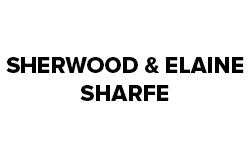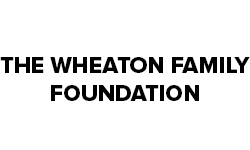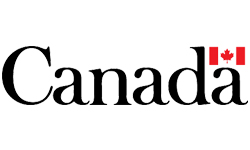
Teacher Toolkit
Thinking Routines and Discursive Strategies

Four Corners
Who is this for?
All grades
Why use it?
To collaborate with peers to support a position on a question or issue.
Elements of the routine encourage students to shift their thinking in response to new learning.
When to Use it?
Responding to a question or statement on an issue at any stage in inquiry process
Thinking Skills
Collaboration, supporting claims with evidence and reasoning, exploring assumptions, listening and reasoning fair-mindedly
Bloom’s Level
Evaluate
What is it?
Students individually and collectively surface their prior knowledge, assumptions, and conclusions about an essential question. Hearing 4 distinct positions on the same question or statement exposes students to multiple, divergent viewpoints, rapidly increasing the breadth of knowledge available to each student. Inviting students to shift corners in response to others’ reasoning encourages the open-mindedness, curiosity, and humility characteristic of an inquiry disposition.
Materials
4 signs: strongly disagree, disagree, agree, strongly agree
Set-Up
Whole class
1. Reflect on the outcomes, enduring understandings, and essential questions for the inquiry you are initiating. Then …
2. Generate a series of provocative statements.
3. Create 4 signs, one for each corner of the room: strongly disagree, disagree, agree, strongly agree. Affix these to the corners.
4. Prepare to display statements and process on a digital projector.
How does it work?
1. Explain the process to students:
a. A statement will appear.
b. Decide which corner you would like to/can speak from in relation to the question.
c. Go to the corner and form a circle with peers. If there are more than 4 peers in a corner, divide into smaller groups of roughly equal size.
d. In small groups, one person starts, stating why they’ve chosen this position. Moving clockwise, the next students share their own thinking. When it’s the first person’s turn again, the student creates a statement that incorporates the ideas peers have just shared.
e. The first speaker from each small group in each corner then shares thinking with the large group.
f. Students may shift corners if moved by others’ reasoning.
g. Sharing concludes by identifying a question(s) that the group’s thinking raises.
h. Teacher record this question(s) on an anchor chart for future reference.
2. Present Statement 2
3. Facilitate process described above
4. Repeat for next statements
Closing
Move onto Stars and Constellations Strategy or ask each group to do a Here’s What, So What, Now What Huddle.
© 2024 Concentus Citizenship Education Foundation Inc. All Rights Reserved.









